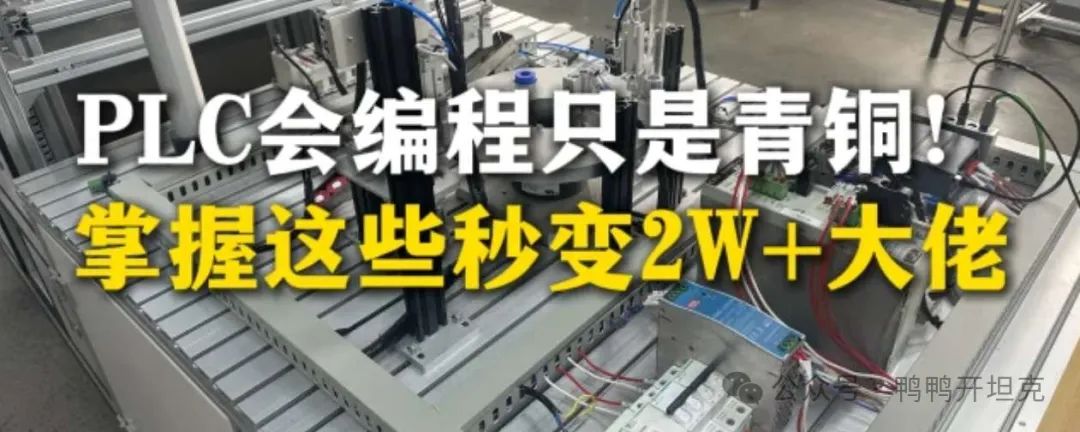
PLC Data Mapping: Memory Mapping Configuration Techniques for Efficient Communication Data Processing!
Introduction
**Hello everyone!** Today, I want to share a secret that can significantly boost the efficiency of PLC communication—memory mapping configuration techniques. Don’t be intimidated by this technical term, I will explain this powerful feature in the simplest way possible. **Mastering this method can improve your PLC communication data processing efficiency by over 50%!** Want to know how? Let’s explore together!
What is PLC Data Mapping?
Let’s start with a metaphor. Imagine your PLC memory as alarge post office, and the communication data as various letters and packages. The traditional data processing method is like post office staff needing tomanually search for the location of each package, which is inefficient and prone to errors.
Data mapping technology is completely different! It’s like equipping the post office with asmart sorting system, which pre-allocates fixed “mailboxes” for each type of letter, allowing the system toautomatically identify and quickly access data. In PLCs, data mapping meansestablishing a correspondence between memory addresses and communication data in advance, making data exchange fast and accurate!
Why is Data Mapping Necessary?
You might ask: “My PLC can communicate using traditional methods, why change?” Let me illustrate with a few practical scenarios:
-
Doubling Communication Efficiency: When PLCs communicate with HMIs, SCADAs, or other devices, data mapping canreduce addressing time by over 70%, like switching from walking to taking a high-speed train!
-
Reducing CPU Load: In traditional methods, the CPU constantly calculates data addresses, while mapping technology makes this taskas simple as “looking up a dictionary”.
-
Improving Program Readability: Through mapping, you can usemeaningful variable names instead of hard-to-remember memory addresses, making program maintenance much easier!
Configuration Techniques for Data Mapping
Here are some practical memory mapping configuration methods:
1. Fixed Area Mapping
This is the most basic and reliable method! Designate adedicated communication area in the PLC memory, for example:
-
DB100 dedicated to HMI communication
-
DB200 dedicated to MES system data exchange
-
DB300 for inter-device communication
Advantages: Clear structure, easy maintenance, suitable for stable communication needs.
2. Dynamic Window Mapping
**Here comes a more advanced technique!** For scenarios with varying communication data volumes, you can use the “window” technique:
-
Reserve a larger memory area
-
Define the “active window” using pointers or index variables
-
Adjust the window size and position based on actual needs
Case Study: A packaging line needs to communicate with a vision inspection system, with the number of inspection items ranging from 5 to 50. After using dynamic window mapping, memory utilization increased by 65%!
3. Mirror Mapping
This technique is particularly suitable for remote I/O communication! Create a “mirror” of remote devices in the PLC memory:
-
Keep a complete local copy of remote data
-
Synchronize through timing or event triggers
-
The program only needs to access the local mirror, with communication handled automatically in the background
Benefits: Program response speed is not affected by network delays!
Real Application Case
Let’s look at a real success story:
A welding production line in an automotive parts factory needs to communicate in real-time with12 robots,3 quality inspection stations, andthe MES system. Under traditional methods, communication delays resulted in a cycle time of up to 45 seconds.
After adopting theintelligent data mapping solution:
-
Create dedicated mapping areas for each robot
-
Use window mapping for quality data
-
Employ mirror technology for MES communication
Results: Communication efficiency improved by 55%, cycle time reduced to 28 seconds, and annual production increased by 120,000 units!
Common Issues and Solutions
When using data mapping, you may encounter these challenges:
-
Address Conflicts: The solution is touse specialized mapping planning tools to prepare an address allocation table in advance.
-
Data Desynchronization: It is recommended toadd verification mechanisms, such as CRC checks or timestamp comparisons.
-
Memory Fragmentation: Regularly performmemory defragmentation, or adopt apre-allocation strategy.
How to Start Practicing?
**Action speaks louder than words!** Follow these steps to begin optimizing your data mapping:
-
Draw a communication topology diagram: Identify all devices that need to communicate and the types of data
-
Select a mapping strategy: Choose the appropriate mapping method based on data characteristics
-
Establish a mapping table: Record the physical addresses and logical names of each variable in detail
-
Implement in phases: Start with a pilot in one subsystem, validate the results before scaling up
-
Continuous Optimization: Regularly assess mapping efficiency and make timely adjustments
Interactive Discussion
-
Which communication links in your PLC system need optimization the most?
-
What data mapping methods have you tried? How effective were they?
-
What tricky issues have you encountered when configuring mappings?
Conclusion
Memory mapping configuration is like equipping PLC communication with aturbocharger! By planning memory usage wisely, your PLC can handle more communication data and significantly improve response speed. Remember,a good mapping design is the cornerstone of efficient communication!
**Try these techniques now!** If you have any questions or want to share experiences, feel free to leave a comment. Let’s work together to create smarter and more efficient PLC control systems!
ShareSaveViewLike